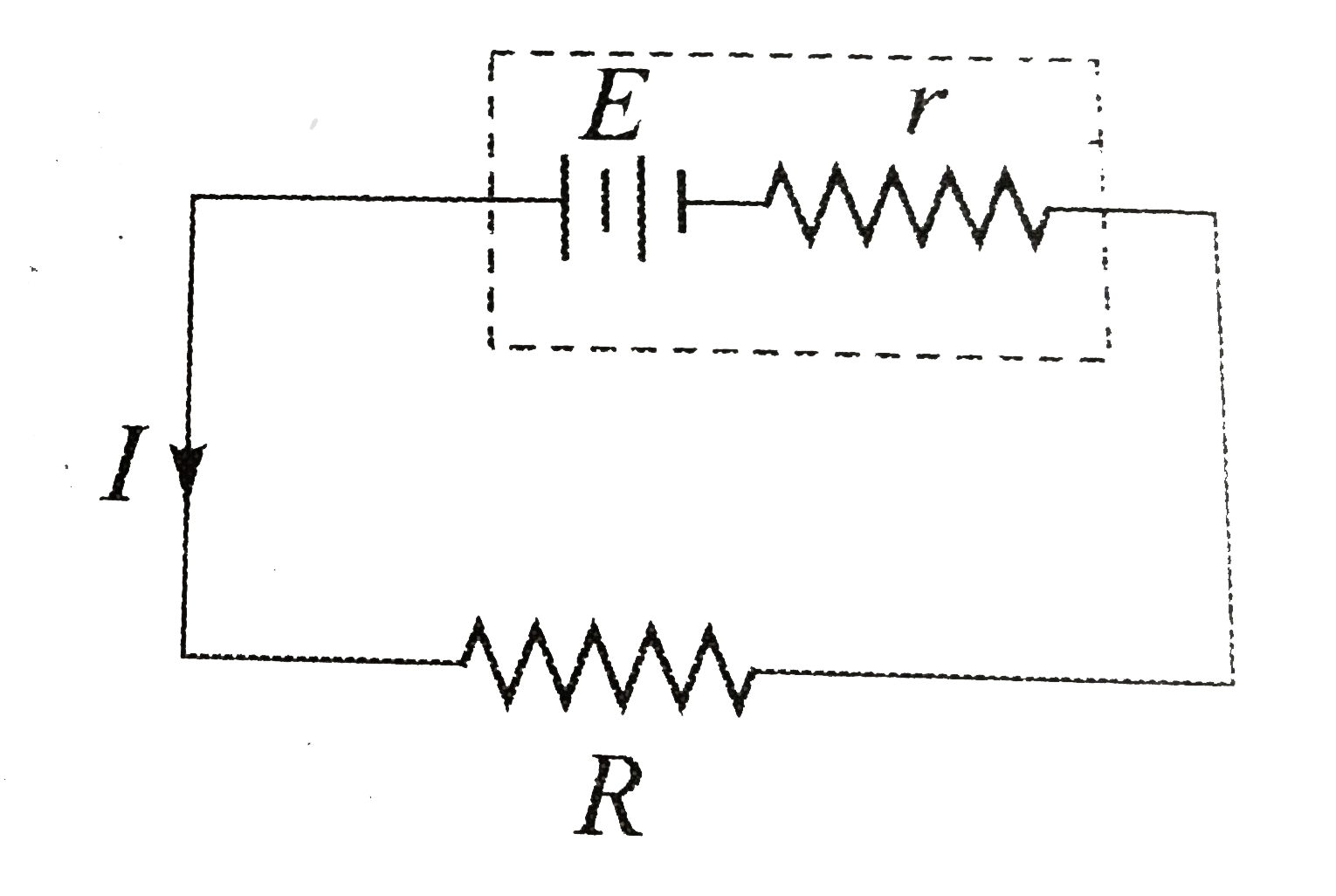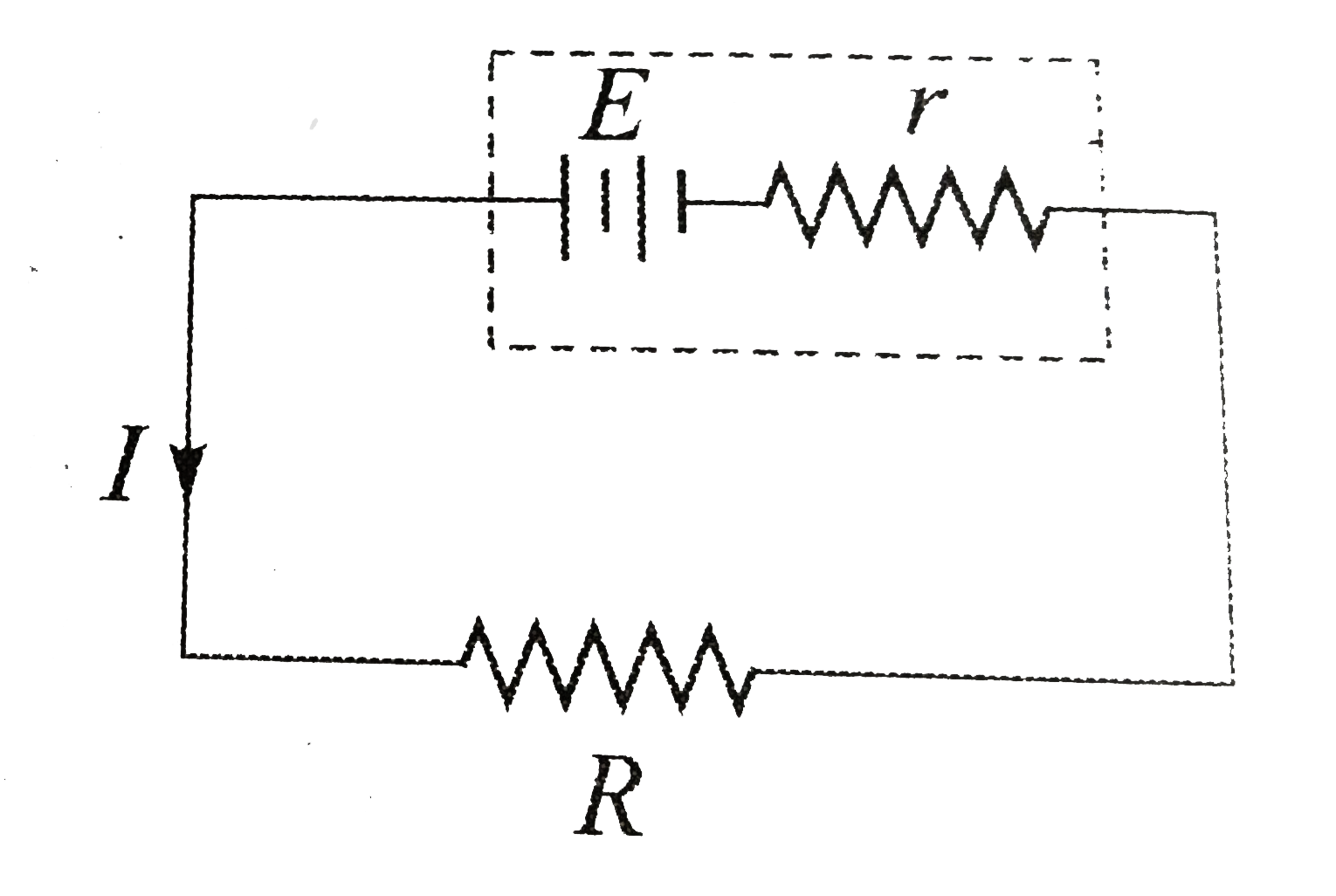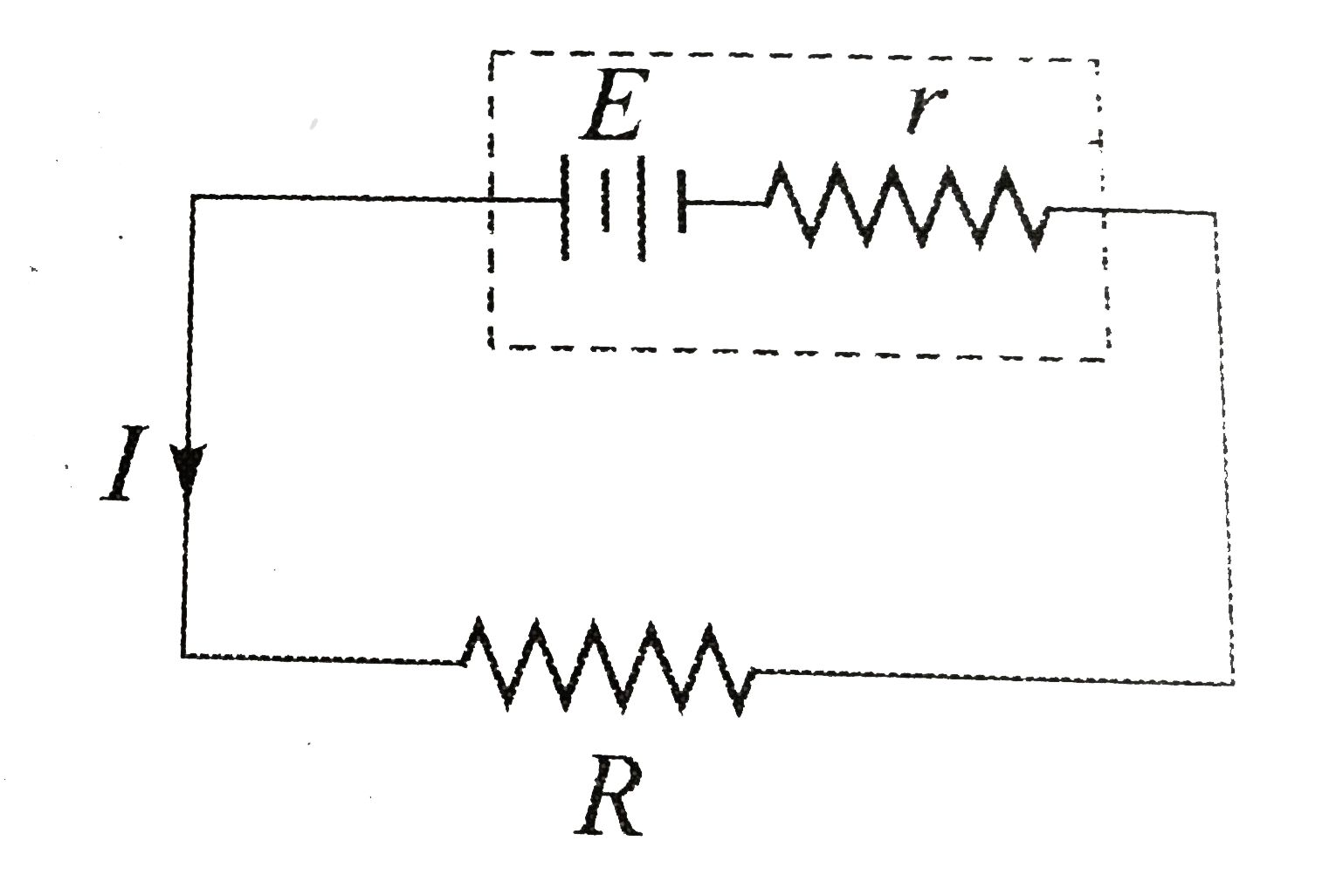Electric fuse does not need replacement, whenever circuit gets overloaded, the components of fuse sense it and put the circuit in off position .
Step-by-Step Solution:
1. Understanding the Function of a Fuse:
- A fuse is a safety device used in electrical circuits to prevent overloads and short circuits. It consists of a thin wire that melts when excessive current flows through it.
2. What Happens During Overloading:
- When the current exceeds the rated capacity of the fuse, the heat generated causes the fuse wire to melt. This interrupts the flow of electricity and protects the circuit from damage.
3. Replacement of the Fuse:
- Once the fuse wire melts, the circuit is broken, and the fuse must be replaced to restore the circuit’s functionality. This is a key characteristic of traditional fuses.
4. Introduction of Miniature Circuit Breakers (MCBs):
- Unlike traditional fuses, modern electrical systems often use Miniature Circuit Breakers (MCBs). These devices automatically switch off the circuit when they detect an overload or short circuit.
5. Advantages of MCBs Over Fuses:
- MCBs can be reset after tripping, meaning they do not need to be replaced like fuses do. This makes them more convenient and efficient for protecting electrical circuits.
Final Conclusion:
- In summary, traditional fuses need to be replaced after they melt due to an overload, while MCBs automatically turn off the circuit and can be reset, providing a more user-friendly solution for circuit protection.
---
- A fuse is a safety device used in electrical circuits to prevent overloads and short circuits. It consists of a thin wire that melts when excessive current flows through it.
- When the current exceeds the rated capacity of the fuse, the heat generated causes the fuse wire to melt. This interrupts the flow of electricity and protects the circuit from damage.
- Once the fuse wire melts, the circuit is broken, and the fuse must be replaced to restore the circuit’s functionality. This is a key characteristic of traditional fuses.
- Unlike traditional fuses, modern electrical systems often use Miniature Circuit Breakers (MCBs). These devices automatically switch off the circuit when they detect an overload or short circuit.
- MCBs can be reset after tripping, meaning they do not need to be replaced like fuses do. This makes them more convenient and efficient for protecting electrical circuits.
- In summary, traditional fuses need to be replaced after they melt due to an overload, while MCBs automatically turn off the circuit and can be reset, providing a more user-friendly solution for circuit protection.
Similar Questions
Knowledge Check
The rating of a fuse connected in the lighting circuit is :
A15 AB5 AC10ADzero
What is the purpose of using a fuse in an electrical circuit?
View SolutionWhat does an electric circuit mean ?
View SolutionHow is a fuse put in an electric circuit ? State the purpose of using a fuse in a circuit.
View SolutionElectric fuse is a protective device used in series with an electric circuit or an electric appliance to save it from damage due to overheating porduced by strong current in the circuit or application. Fuse wire is generally made from an alloy of lead and tin, which has hifh resistance and low melting point. It is connected in series in an electric installation. If a circuit gets accidentally short-circuited, a large current flows, then fuse wire melts away, which causes a break in the circuit. The power through fuse (F') is equal to heat energy lost per unit area per unit time (h) (neglecting heat loses from ends of the wire).
P=I2R=h×2πrl[R=ρlπr2]
where r and l are the length and radius of fuse wire, respectively.
A Battery is described by its emf (E) and internal resistance (r). Efficiency of battery (η) is defined as the ratio of the output to the input power.
η=OutputpowerInputpower×100%

But I=E/(R+r), input power = EI.
Output power =EI−I2r, then.
η=(EI−I2rEI)×100=(1−IrE)×100
=[1−(ER+r)(rE)]×100=(RR+r)×100
We know that output power of a source is maximum when the external resistance is equal to internal resistance, i.e., R = r .
The maximum power rating of a 20.0Ω fuse wire is 2.0kW. This fuse wire can be connected safely to a DC source (negligible internal resistance) of
View SolutionElectric fuse is a protective device used in series with an electric circuit or an electric appliance to save it from damage due to overheating porduced by strong current in the circuit or application. Fuse wire is generally made from an alloy of lead and tin, which has hifh resistance and low melting point. It is connected in series in an electric installation. If a circuit gets accidentally short-circuited, a large current flows, then fuse wire melts away, which causes a break in the circuit. The power through fuse (F') is equal to heat energy lost per unit area per unit time (h) (neglecting heat loses from ends of the wire).
P=I2R=h×2πrl[R=ρlπr2]
where r and l are the length and radius of fuse wire, respectively.
A Battery is described by its emf (E) and internal resistance (r). Efficiency of battery (η) is defined as the ratio of the output to the input power.
η=OutputpowerInputpower×100%

But I=E/(R+r), input power = EI.
Output power =EI−I2r, then.
η=(EI−I2rEI)×100=(1−IrE)×100
=[1−(ER+r)(rE)]×100=(RR+r)×100
We know that output power of a source is maximum when the external resistance is equal to internal resistance, i.e., R = r .
Two fuse wires of same potential , material have length ratio 1:2 and ratio of radius 4:1. Then respective ratio of their current rating will be
View SolutionElectric fuse is a protective device used in series with an electric circuit or an electric appliance to save it from damage due to overheating porduced by strong current in the circuit or application. Fuse wire is generally made from an alloy of lead and tin, which has hifh resistance and low melting point. It is connected in series in an electric installation. If a circuit gets accidentally short-circuited, a large current flows, then fuse wire melts away, which causes a break in the circuit. The power through fuse (F') is equal to heat energy lost per unit area per unit time (h) (neglecting heat loses from ends of the wire).
P=I2R=h×2πrl[R=ρlπr2]
where r and l are the length and radius of fuse wire, respectively.
A Battery is described by its emf (E) and internal resistance (r). Efficiency of battery (η) is defined as the ratio of the output to the input power.
η=OutputpowerInputpower×100%

But I=E/(R+r), input power = EI.
Output power =EI−I2r, then.
η=(EI−I2rEI)×10(1−IrE)×100
=1−(ER+r)(rE)×100=(RR+r)×100
We know that output power of a source is maximum when the external resistance is equal to internal resistance, i.e., R = r .
Efficiency of a battery (nonideal) when delivering the maximum power is
View SolutionName the device used to protect the electric circuits from overloading and short circuits.
View Solution
